Rafael Henrique Vareto
Watchlist Challenge: 3rd Open-set Face Detection and Identification
Sep 11, 2024Abstract:In the current landscape of biometrics and surveillance, the ability to accurately recognize faces in uncontrolled settings is paramount. The Watchlist Challenge addresses this critical need by focusing on face detection and open-set identification in real-world surveillance scenarios. This paper presents a comprehensive evaluation of participating algorithms, using the enhanced UnConstrained College Students (UCCS) dataset with new evaluation protocols. In total, four participants submitted four face detection and nine open-set face recognition systems. The evaluation demonstrates that while detection capabilities are generally robust, closed-set identification performance varies significantly, with models pre-trained on large-scale datasets showing superior performance. However, open-set scenarios require further improvement, especially at higher true positive identification rates, i.e., lower thresholds.
Open-Set Face Recognition with Maximal Entropy and Objectosphere Loss
Nov 01, 2023
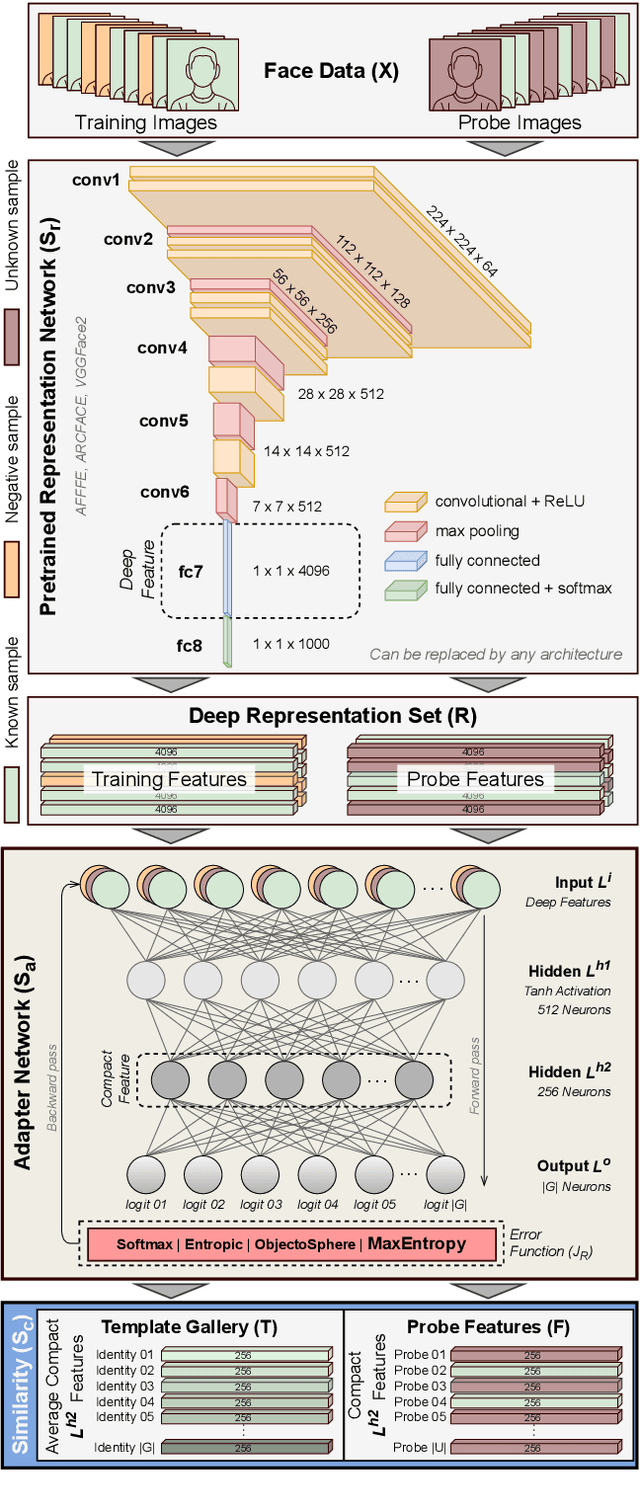


Abstract:Open-set face recognition characterizes a scenario where unknown individuals, unseen during the training and enrollment stages, appear on operation time. This work concentrates on watchlists, an open-set task that is expected to operate at a low False Positive Identification Rate and generally includes only a few enrollment samples per identity. We introduce a compact adapter network that benefits from additional negative face images when combined with distinct cost functions, such as Objectosphere Loss (OS) and the proposed Maximal Entropy Loss (MEL). MEL modifies the traditional Cross-Entropy loss in favor of increasing the entropy for negative samples and attaches a penalty to known target classes in pursuance of gallery specialization. The proposed approach adopts pre-trained deep neural networks (DNNs) for face recognition as feature extractors. Then, the adapter network takes deep feature representations and acts as a substitute for the output layer of the pre-trained DNN in exchange for an agile domain adaptation. Promising results have been achieved following open-set protocols for three different datasets: LFW, IJB-C, and UCCS as well as state-of-the-art performance when supplementary negative data is properly selected to fine-tune the adapter network.
Open-set Face Recognition with Neural Ensemble, Maximal Entropy Loss and Feature Augmentation
Aug 23, 2023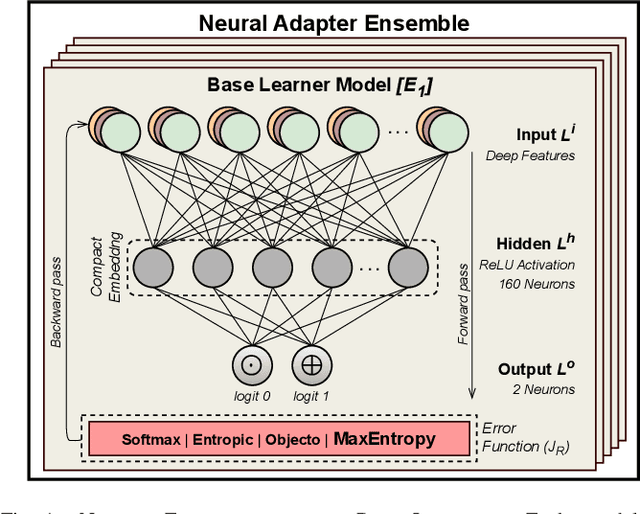
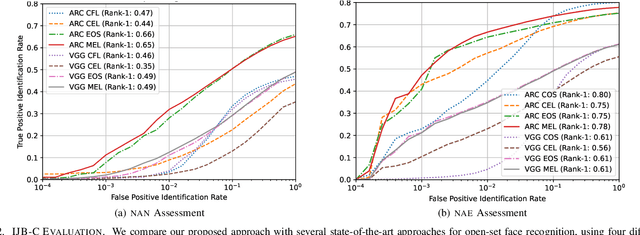


Abstract:Open-set face recognition refers to a scenario in which biometric systems have incomplete knowledge of all existing subjects. Therefore, they are expected to prevent face samples of unregistered subjects from being identified as previously enrolled identities. This watchlist context adds an arduous requirement that calls for the dismissal of irrelevant faces by focusing mainly on subjects of interest. As a response, this work introduces a novel method that associates an ensemble of compact neural networks with a margin-based cost function that explores additional samples. Supplementary negative samples can be obtained from external databases or synthetically built at the representation level in training time with a new mix-up feature augmentation approach. Deep neural networks pre-trained on large face datasets serve as the preliminary feature extraction module. We carry out experiments on well-known LFW and IJB-C datasets where results show that the approach is able to boost closed and open-set identification rates.
Open-set Face Recognition using Ensembles trained on Clustered Data
Aug 14, 2023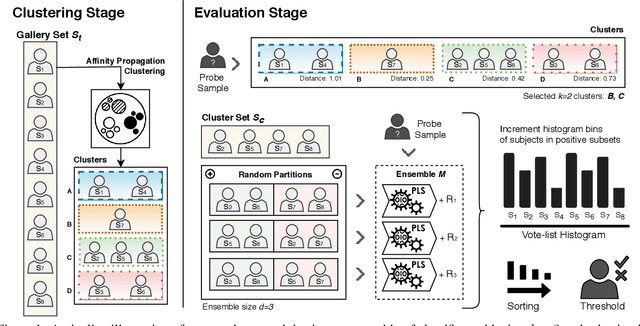
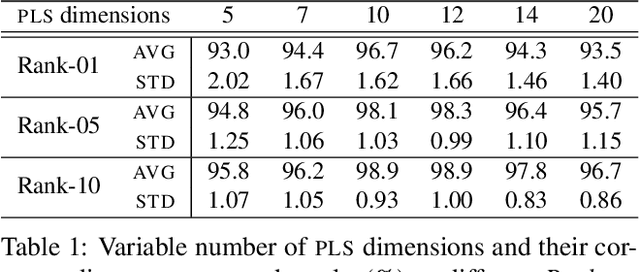
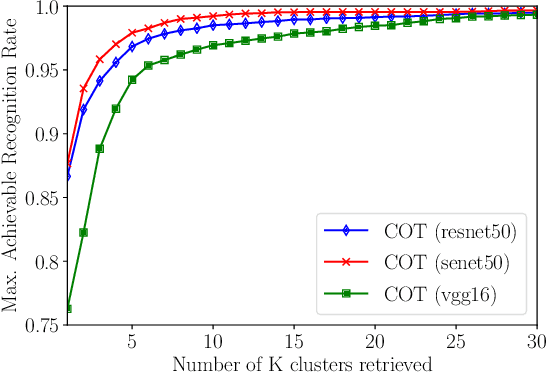
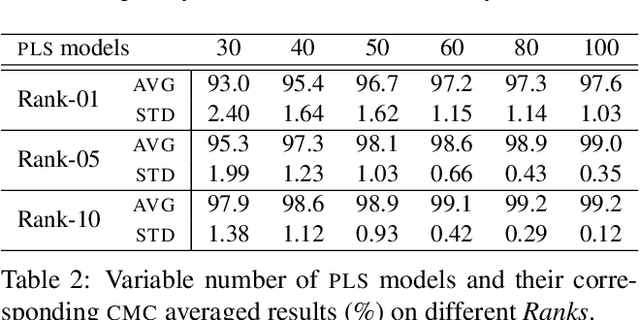
Abstract:Open-set face recognition describes a scenario where unknown subjects, unseen during the training stage, appear on test time. Not only it requires methods that accurately identify individuals of interest, but also demands approaches that effectively deal with unfamiliar faces. This work details a scalable open-set face identification approach to galleries composed of hundreds and thousands of subjects. It is composed of clustering and an ensemble of binary learning algorithms that estimates when query face samples belong to the face gallery and then retrieves their correct identity. The approach selects the most suitable gallery subjects and uses the ensemble to improve prediction performance. We carry out experiments on well-known LFW and YTF benchmarks. Results show that competitive performance can be achieved even when targeting scalability.
The SWAX Benchmark: Attacking Biometric Systems with Wax Figures
Oct 21, 2019
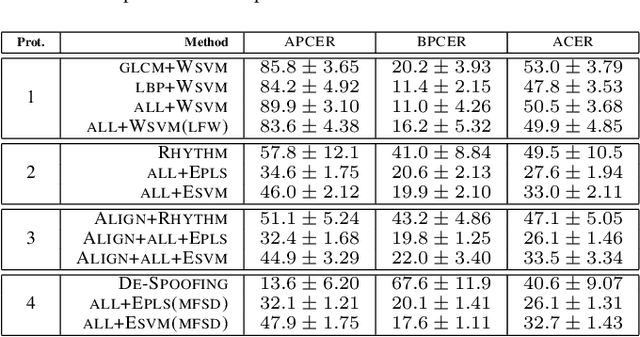

Abstract:A face spoofing attack occurs when an intruder attempts to impersonate someone who carries a gainful authentication clearance. It is a trending topic due to the increasing demand for biometric authentication on mobile devices, high-security areas, among others. This work introduces a new database named Sense Wax Attack dataset (SWAX), comprised of real human and wax figure images and videos that endorse the problem of face spoofing detection. The dataset consists of more than 1800 face images and 110 videos of 55 people/waxworks, arranged in training, validation and test sets with a large range in expression, illumination and pose variations. Experiments performed with baseline methods show that despite the progress in recent years, advanced spoofing methods are still vulnerable to high-quality violation attempts.
 Add to Chrome
Add to Chrome Add to Firefox
Add to Firefox Add to Edge
Add to Edge